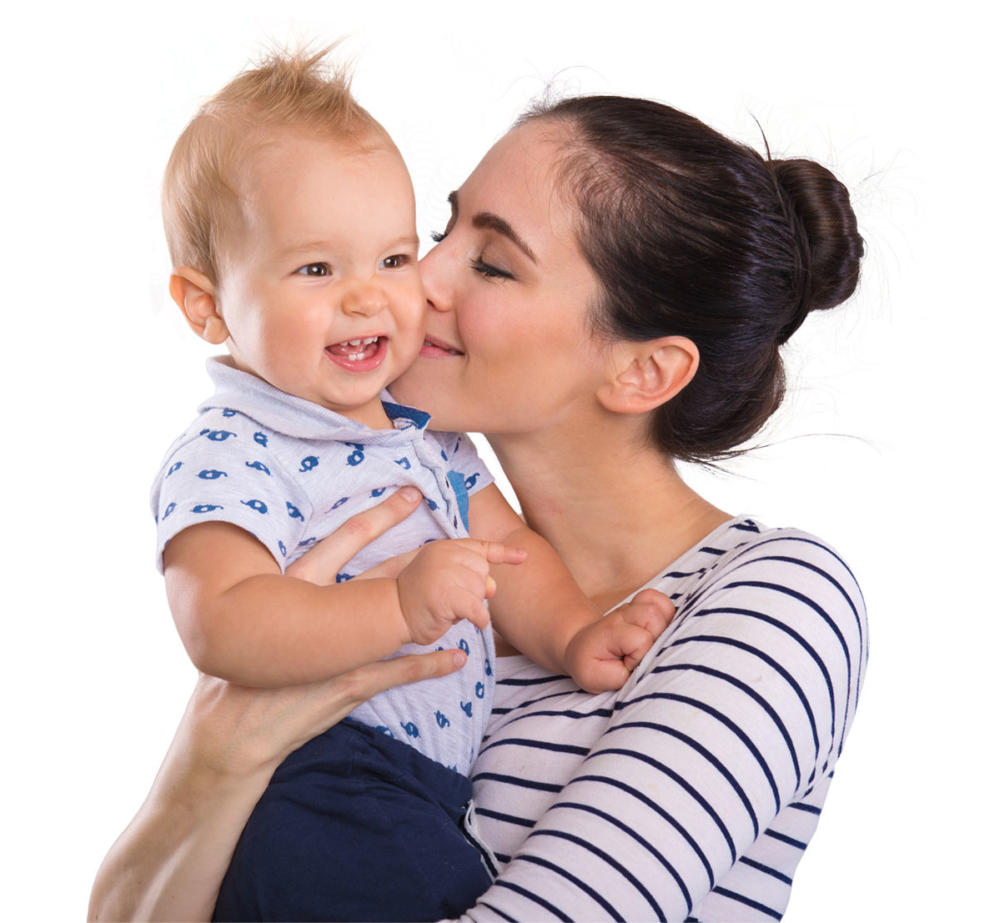Navigating the world of child care can be confusing. We’re here to help!
Click the term to see its definition
Alternative Payment Program (APP)
Community-based organization that administers child care subsidies for low-income families, funded through the California Department of Education (CDE).
California’s welfare-to-work program, which requires parents receiving welfare to get training and find jobs. Provides child care subsidies, which can be used for licensed or license-exempt care, to enable parents to work.
Centralized Eligibility List (CEL)
A single, county-wide list of all children in income-eligible families who are waiting for a space in a subsidized child care and development program. Agencies offering subsidized care contact families in need to notify them of enrollment openings.
Provides care for infants, toddlers, preschoolers, and/or school-age children all or part of the day. These facilities may be large or small and can be operated independently by nonprofit organizations, for-profit companies, churches, school districts, or other organizations. Most are licensed by the California Department of Social Services (DSS), Community Care Licensing (CCL).
Child Care Initiative Project (CCIP)
A public-private partnership with funding from CDE, CCIP recruits and trains family child care providers to address the demand for child care services. Administered by the California Child Care Resource & Referral Network, CCIP works through local resource and referral (R&R) programs.
A person who provides care for children in any one of a variety of settings, including child care centers and family child care homes.
Care offered in the home of the provider, often a parent. Small family child care homes have one provider and can accept up to eight children, depending on their ages. Large family child care homes have two adults and can take up to 14 children, depending on their ages. Care is often provided for children of different ages. The homes are licensed by Department of Social Services, Community Care Licensing.
Family, Friend, and Neighbor care (FFN)
A caregiver that is a relative of the children in their care, or care for the children of only one family other than their own. In California, these providers do not need to be licensed, which is why they’re also referred to as license-exempt providers. (See in-home care and license-exempt care)
A comprehensive, integrated system of early childhood development services for all children prenatal to five years of age, created by Proposition 10 (a voter-approved initiative passed in 1998).
Bodies located in each county in California, disbursing local Prop 10 funds for programs that improve the health, early care, and education of children prenatal to five.
A federally-funded program for low-income families with children birth to five years old and pregnant women. In addition to child care and early learning programs, health care and parent training are also offered. Head Start programs are licensed by DSS. Some are full day and some coordinate with other providers or funding sources to provide full-day care.
Care for children under two, as defined by Community Care Licensing.
A friend, relative, babysitter, or nanny who cares for a child in the child’s home, full-time or part-time. (See Family, Friend, and Neighbor care and License-exempt care)
Center- or home-based care that meets health, safety, and educational standards set by Department of Social Services/Community Care Licensing.
Child care which does not require a state license. License-exempt care includes care in the provider’s home for children from only one other family besides the provider’s own children, in-home care (a friend, relative, babysitter, or nanny cares for a child in the child’s home, full-time or part-time), and some school-age centers or military programs regulated by non-state agencies. (See Family, Friend, and Neighbor care and License-exempt care)
The midpoint of household incomes in an area, above which, half of the households in that area have higher incomes and, below which, half of the households have lower incomes. (California families eligible for child care subsidy fall at or below 70% of the state median income level.)
Work hours other than 7 a.m. to 6 p.m., including evening, overnight, or weekend shifts.
A California law that provides workers covered by State Disability Insurance with up to 6 weeks of partial pay, each year, to take time off from work to bond with a newborn baby or newly adopted foster child (or to care for a seriously ill parent, child, spouse, or registered domestic partner).
Children aged two to five, as defined by Community Care Licensing
Program for Infant/Toddler Care (PITC)
A training curriculum to increase the availability and quality of child care for children under three.
Resource and referral program (R&R)
Community-based organization or program that provides information, training, and support for parents, caregivers, and child care providers. Since 1976, individual R&Rs have been funded by the California Department of Education, Child Development Division. Resource and referral programs are located in every county in California.
Care for elementary and middle school students, which may be provided in homes or center-based settings. Often on school grounds, and offered before school begins and/or after school to the end of the work day.
Space for one child in a child care center or family child care home.
Financial assistance from state or federal funds available to low-income families who meet the state’s income eligibility requirements. (Subsidized care is available in licensed care centers, family child care homes, and by license-exempt providers.)
